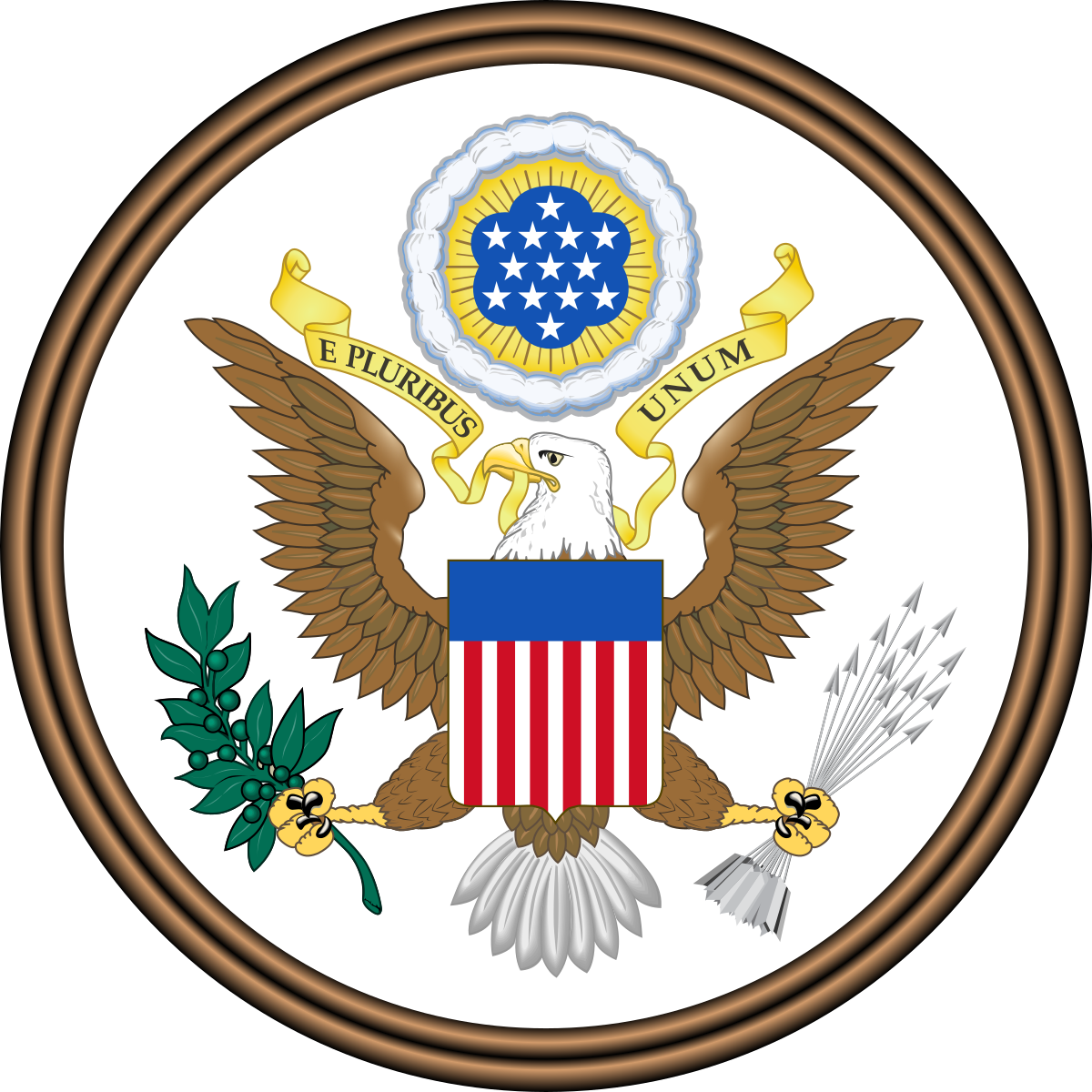For example, the USSR was very dependent on rail transport, and starting during the latter half of the 1920s[38] but accelerating during the 1930s, hundreds of foreign industrial giants such as Ford were commissioned to construct modern dual-purpose factories in the USSR, 16 alone within a week of May 31, 1929.[39] However, with the outbreak of war these plants switched from civilian to military production, and locomotive production dropped dramatically. Just 446 locomotives were produced during the war,[40] with only 92 of those being built between 1942 and 1945.[41] In total, 92.7% of the wartime procurement of railroad equipment by the USSR came from Lend-Lease,[36] including 1,911 locomotives and 11,225 railcars.[42] Trucks were also vital; by 1945, nearly a third of the trucks used by the Red Army were U.S.-built. Trucks such as the Dodge 3⁄4-ton and Studebaker 2+1⁄2-ton were easily the best trucks available in their class on either side on the Eastern Front. American shipments of telephone cable, aluminum, canned rations and clothing were also critical.[43]
Lend-Lease also supplied significant amounts of weapons and ammunition. The Soviet air force received 18,200 aircraft, which amounted to about 30 percent of Soviet wartime fighter and bomber production over the course of the war.[36] Most tank units were Soviet-built models but about 7,000 Lend-Lease tanks (plus more than 5,000 British tanks) were used by the Red Army, eight percent of war-time production.
A critical aspect of Lend-Lease was the supply of food. The invasion had cost the USSR a huge amount of its agricultural base; during the initial Axis offensive of 1941–42,[specify] the total sown area of the USSR fell by 41.9% and the number of collective and state farms by 40%. The Soviets lost a substantial number of draft and farm animals as they were not able to relocate all the animals in an area before it was captured and of those areas in which the Axis forces would occupy, the Soviets had lost 7 million of out of 11.6 million horses, 17 million out of 31 million cows, 20 million of 23.6 million pigs and 27 million out of 43 million sheep and goats. Tens of thousands of agricultural machines, such as tractors and threshers, were destroyed or captured. Agriculture also suffered a loss of labour; between 1941 and 1945, 19.5 million working-age men had to leave their farms to work in the military and industry. Agricultural issues were also compounded when the Soviets were on the offensive, as areas liberated from the Axis had been devastated and contained millions of people who needed to be fed. Lend-Lease thus provided a massive quantity of foodstuffs and agricultural products.[clarification needed][44]


